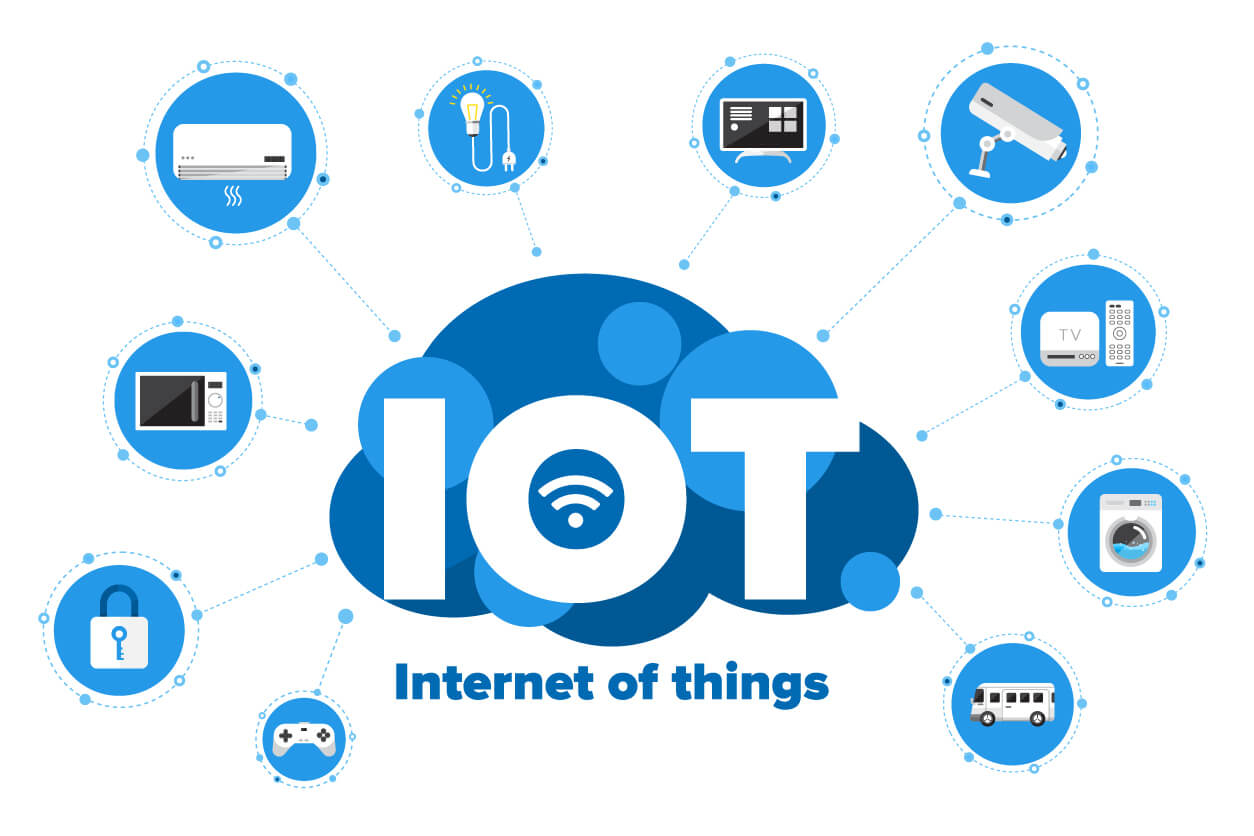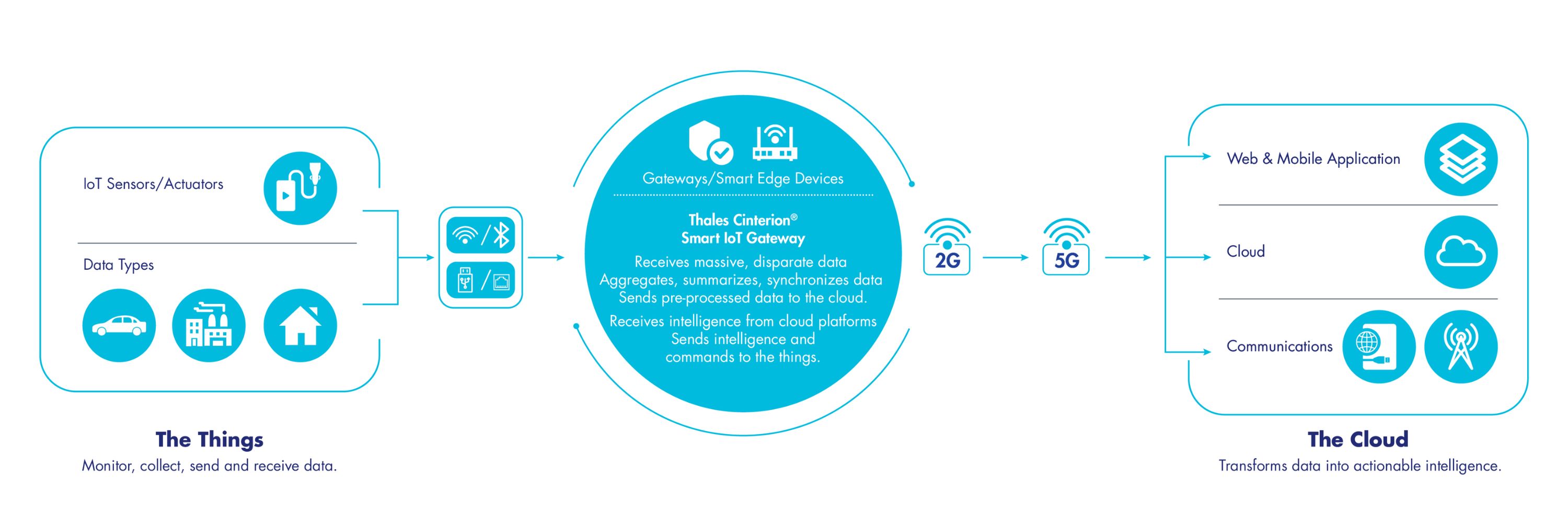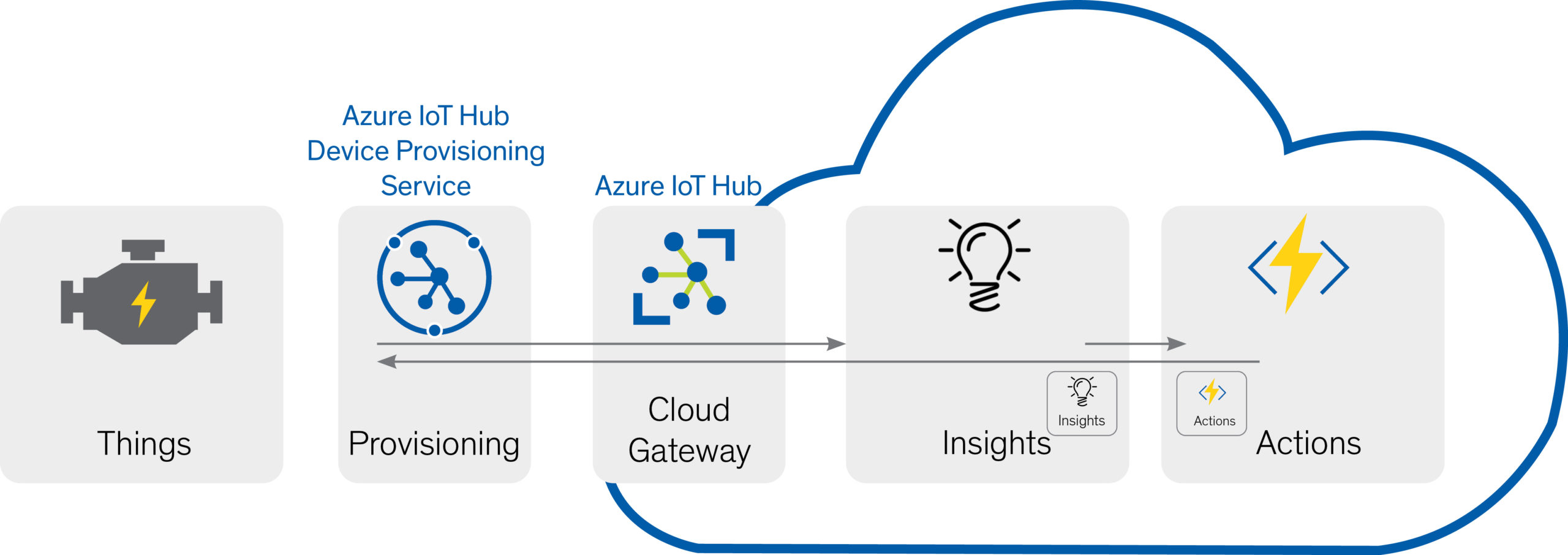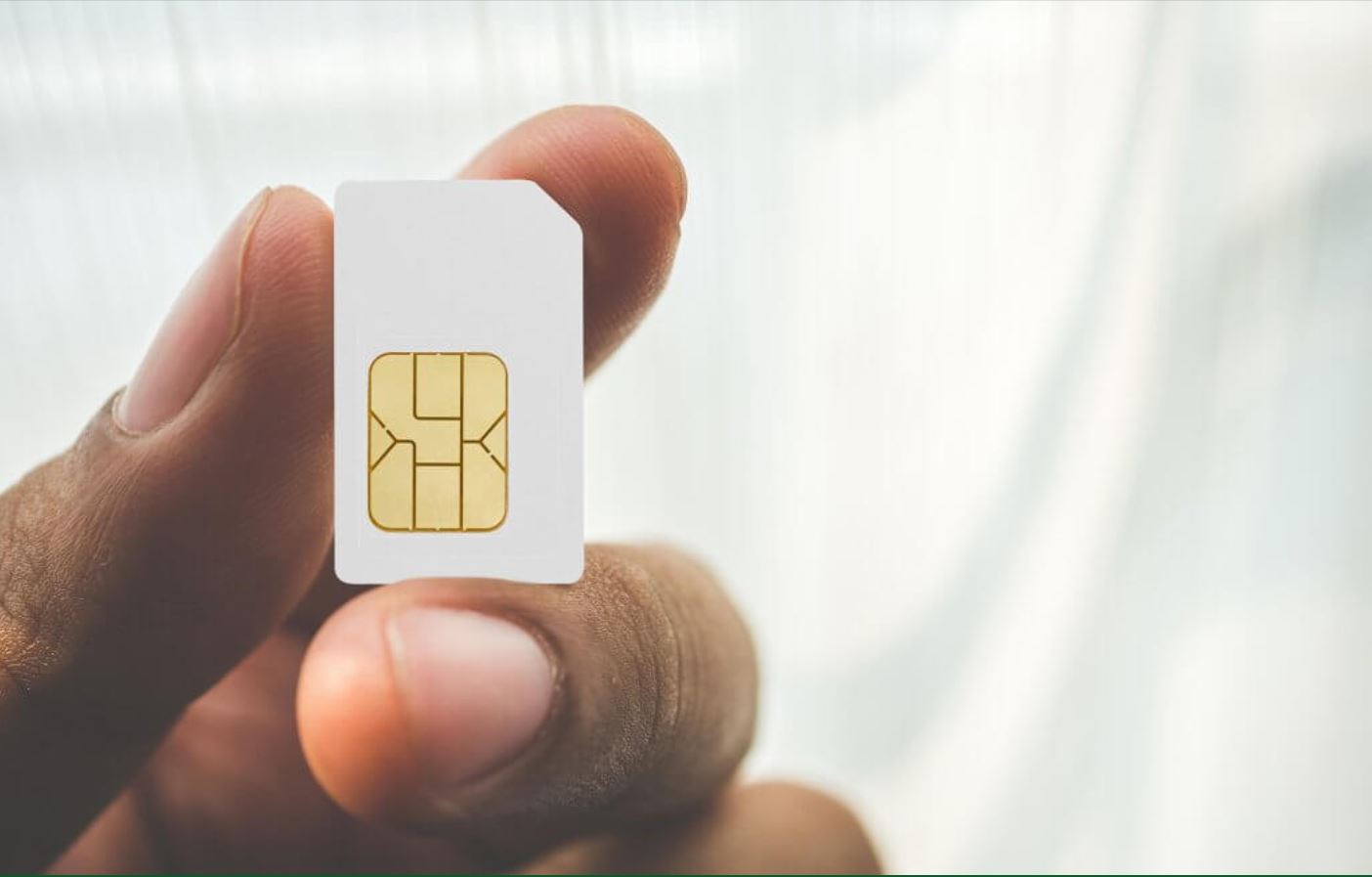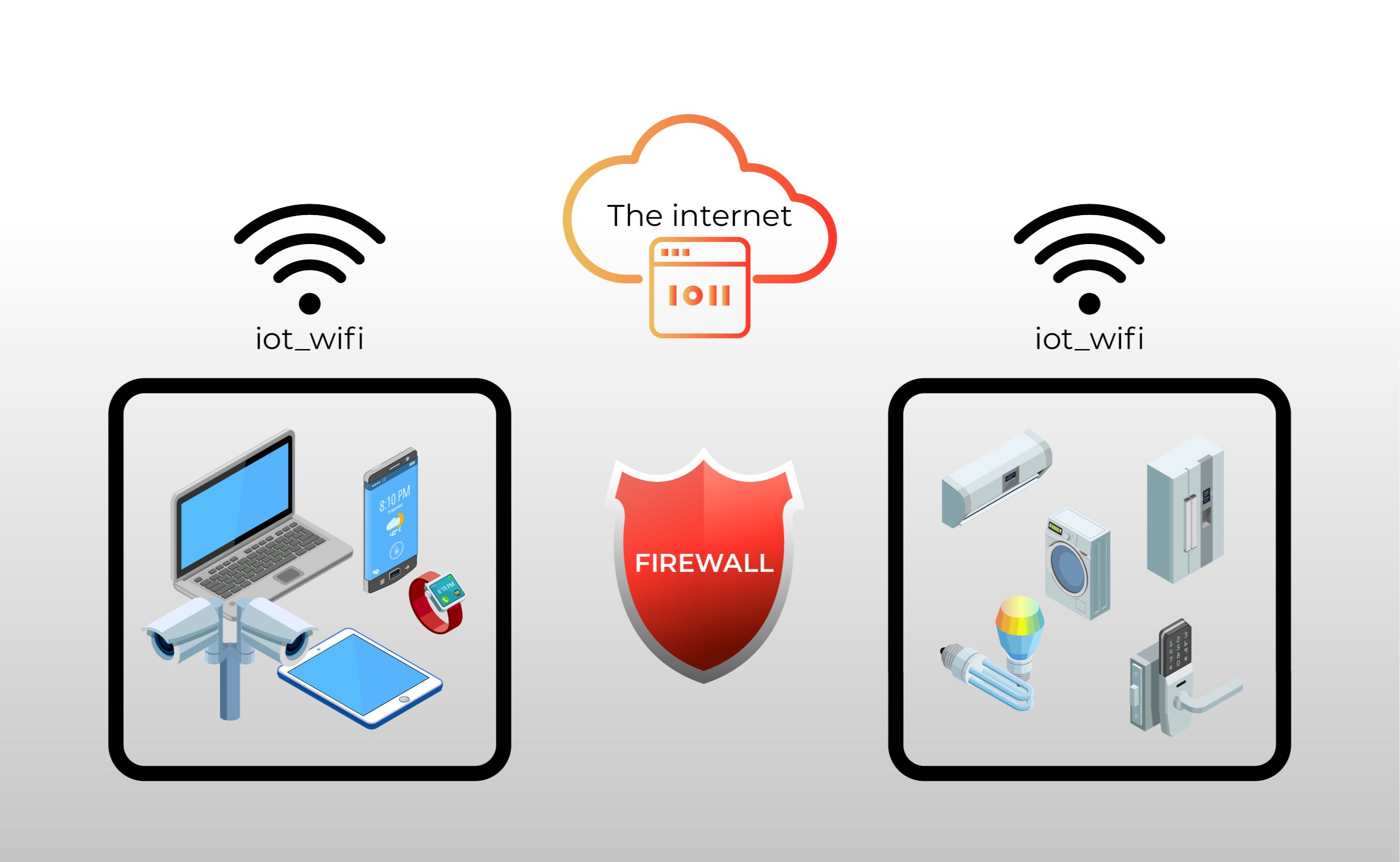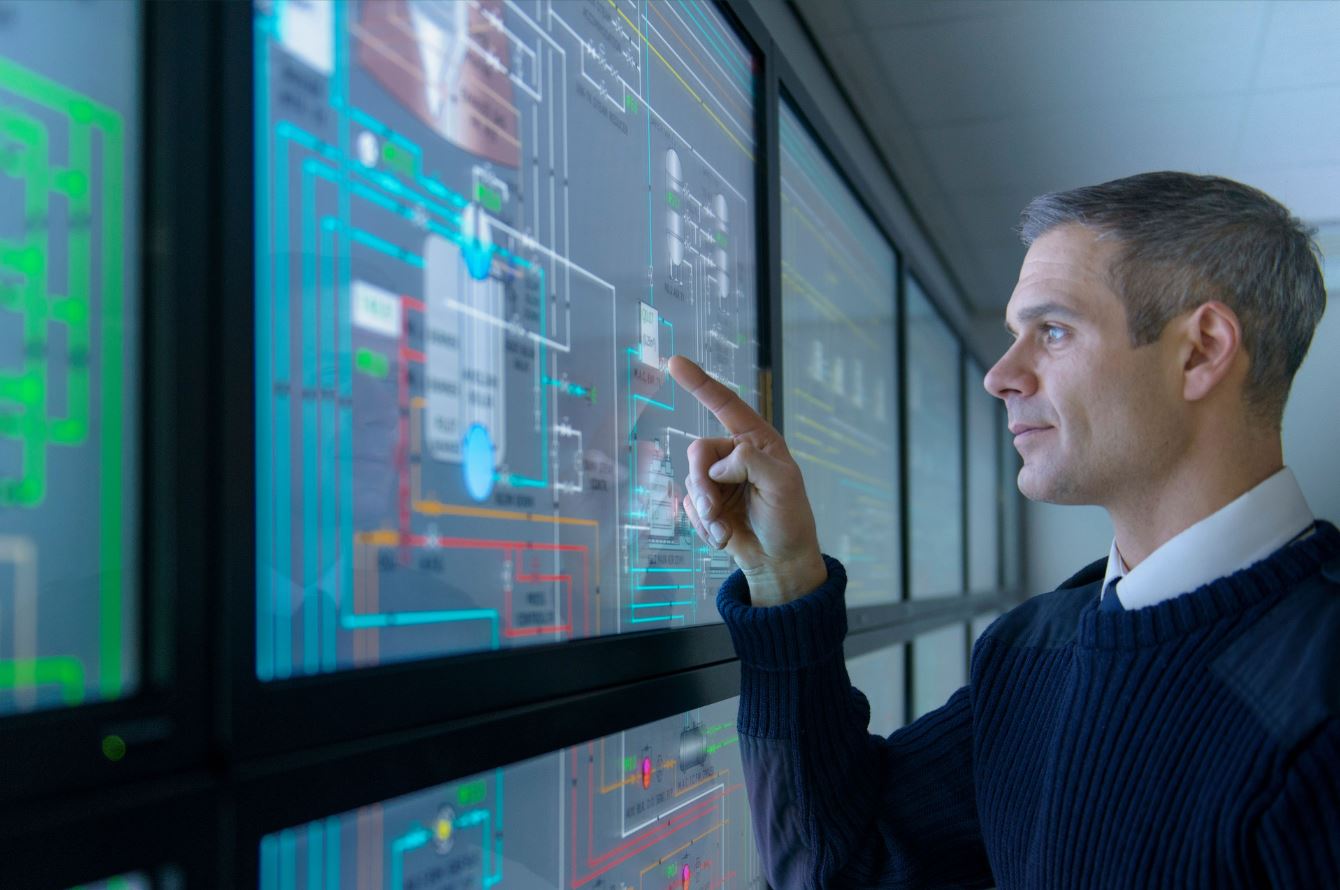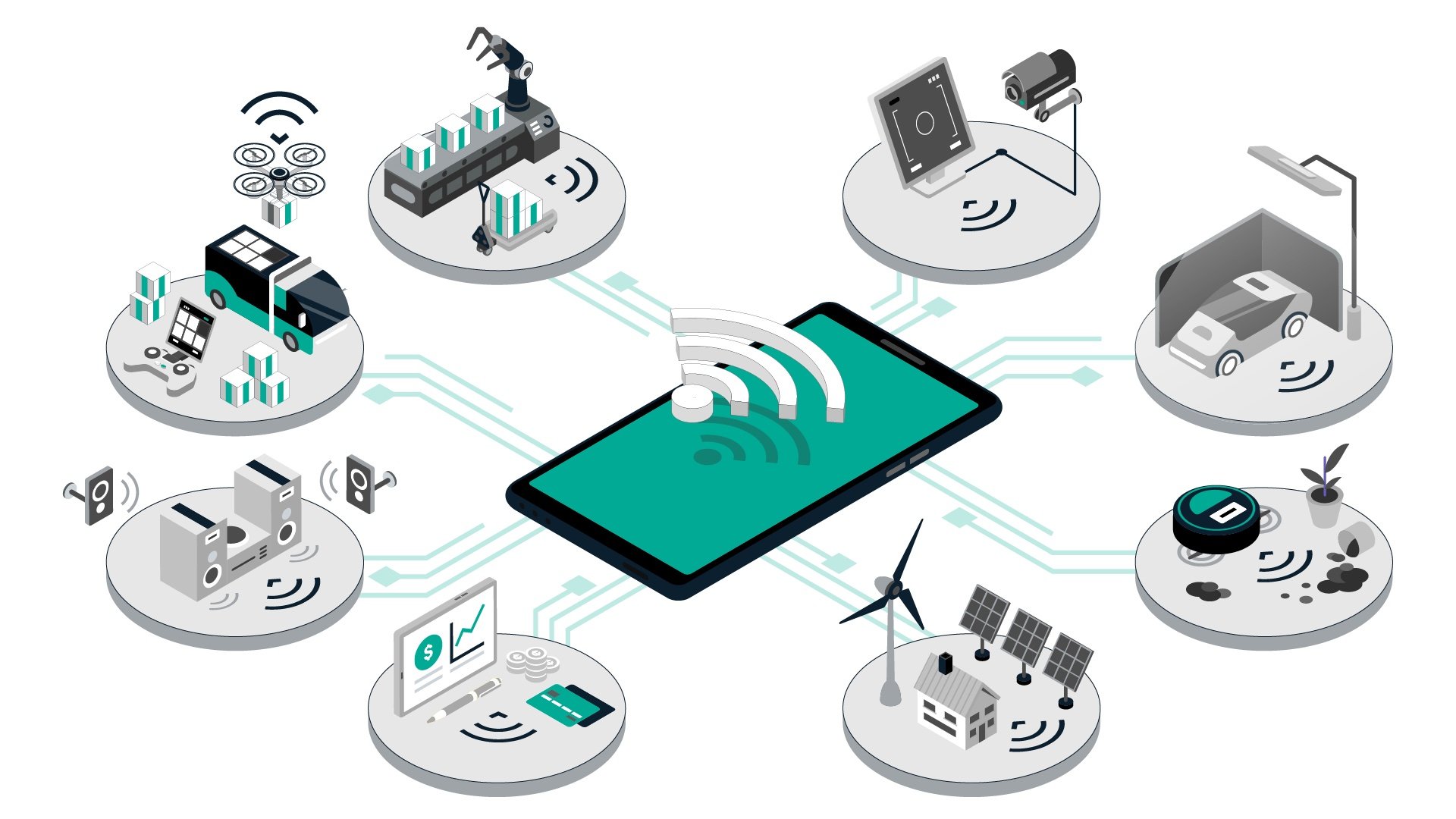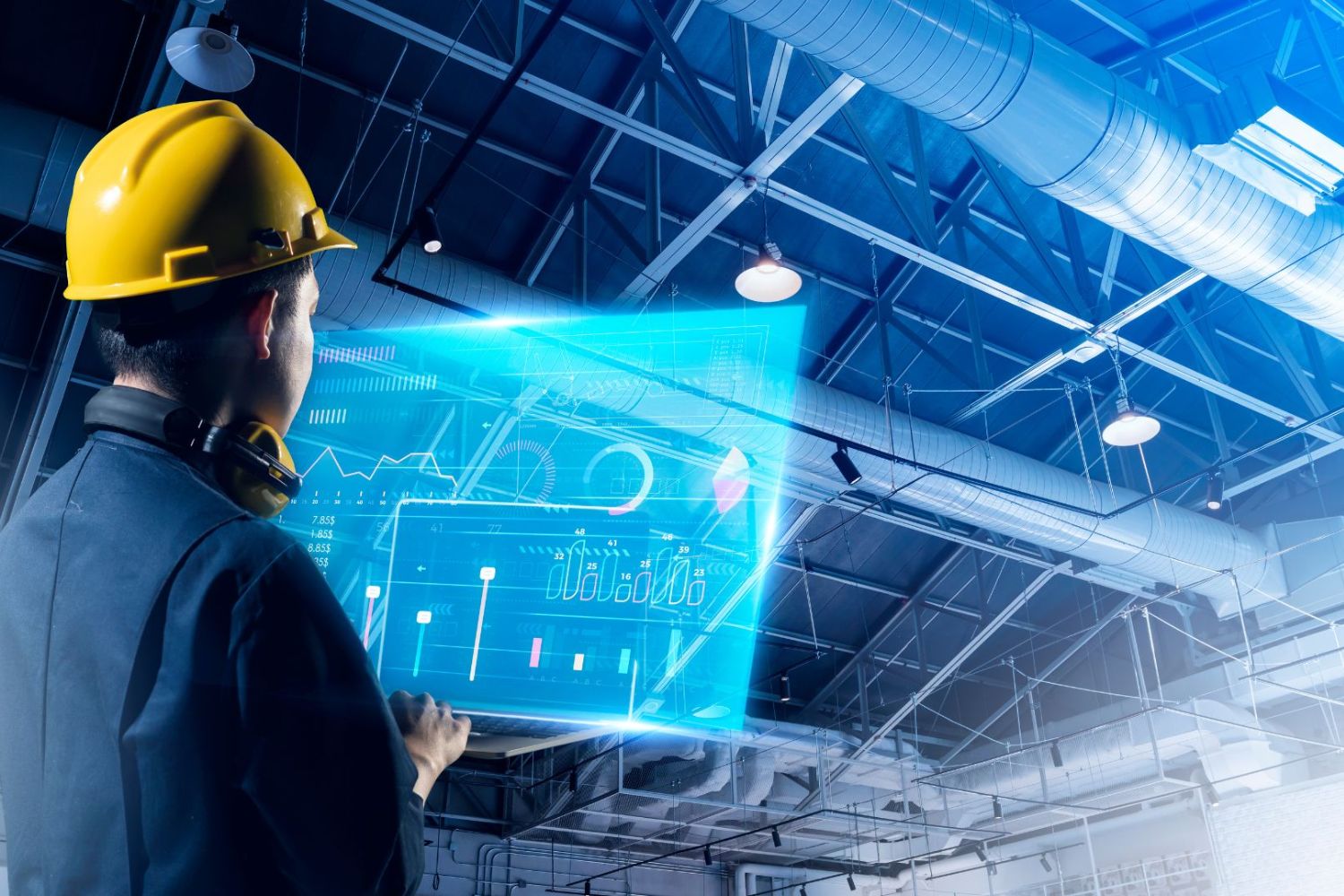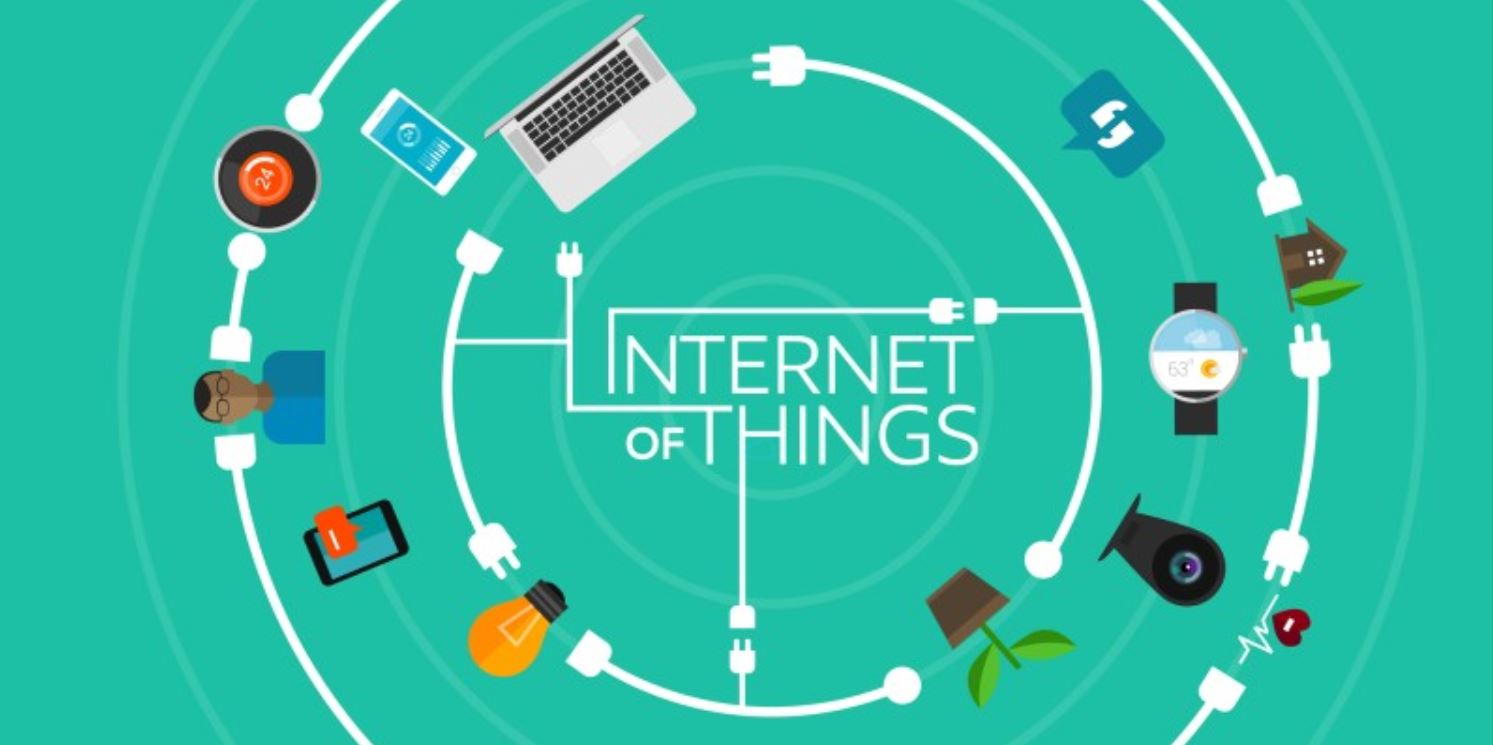Home Automation
Home automation refers to the integration of technology and systems to control and monitor various household functions. It enables homeowners to automate everyday tasks, enhance security, and improve energy efficiency. IoT plays a significant role in home automation, connecting devices and appliances to a central hub or network, allowing users to control them remotely.
With the advent of smart devices and IoT-enabled systems, home automation has transformed the way we live. Imagine being able to control your home’s lighting, temperature, appliances, and security systems through voice commands or a smartphone app.
One of the most popular applications of home automation is smart lighting. IoT technology allows users to control and automate their lights, adjusting brightness, colors, and even scheduling them to turn on and off at specific times. This not only adds convenience but also helps in reducing energy consumption.
Another essential aspect of home automation is home security. IoT-enabled security systems offer real-time monitoring of your property, allowing you to remotely access cameras, receive alerts, and control door locks. With smart doorbell cameras, you can even see and speak to visitors at your doorstep, whether you’re at home or away.
Home automation also extends to appliances and devices like thermostats, refrigerators, entertainment systems, and voice assistants. With IoT technology, these devices can be interconnected, allowing users to create customized scenarios that suit their preferences and lifestyle. For example, setting the thermostat to automatically adjust the temperature when you leave or controlling your music system through voice commands.
Moreover, home automation offers significant benefits in terms of energy efficiency. By intelligently monitoring and managing energy usage, IoT devices can help reduce energy wastage and optimize consumption. For instance, smart thermostats can learn your patterns and adjust the temperature accordingly, resulting in energy savings and lower utility bills.
As IoT continues to advance, the potential applications of home automation are limitless. From smart appliances to automated blinds to intelligent security systems, IoT is revolutionizing the way we interact with our homes.
In summary, home automation powered by IoT technology has the potential to make our lives more convenient, secure, and energy-efficient. With its ability to connect and control various devices, it offers a personalized and seamless experience for homeowners.
Smart Cities
The concept of smart cities involves leveraging IoT technology to improve the efficiency, sustainability, and livability of urban areas. By connecting various infrastructure and public services through a network, cities can collect real-time data and use it to optimize resource allocation and enhance the quality of life for its residents.
One of the key aspects of smart cities is the implementation of smart transportation systems. IoT-enabled sensors and devices can monitor traffic patterns, optimize traffic flow, and provide real-time updates to commuters. This can lead to reduced congestion, shorter travel times, and lower carbon emissions.
In addition to transportation, smart cities focus on enhancing energy management and environmental sustainability. IoT sensors can monitor air quality, detect water leaks, and optimize energy usage in buildings. This data-driven approach allows for intelligent resource allocation, conservation, and the promotion of renewable energy sources.
Smart cities also prioritize safety and security. IoT-enabled surveillance cameras, integrated with facial recognition and video analytics, can help law enforcement agencies in crime prevention and emergency response. Connected street lighting systems can adjust brightness based on foot traffic and contribute to overall public safety.
Furthermore, smart cities promote citizen engagement and improve access to public services through digital connectivity. IoT technology enables residents to access information, report issues, and participate in decision-making processes. This inclusive approach fosters transparency, accountability, and a sense of community ownership.
The implementation of smart city initiatives requires collaboration between government bodies, private organizations, and citizens. It involves the integration of various systems such as transportation, energy, waste management, and healthcare. By collecting and analyzing data from these interconnected systems, cities can make better-informed decisions and improve service delivery.
Smart cities not only enhance the efficiency of urban operations but also aim to improve the overall quality of life for residents. By leveraging IoT technology, cities can become more sustainable, economically prosperous, and inclusive.
In summary, smart cities leverage IoT technology to create more efficient, sustainable, and livable urban areas. With the ability to collect and analyze real-time data, cities can optimize resource allocation, improve transportation systems, enhance environmental sustainability, promote safety and security, and foster citizen engagement. IoT-powered smart cities pave the way for a brighter future.
Industrial Automation
Industrial automation refers to the use of IoT technology to streamline and optimize manufacturing and production processes. By connecting machines, equipment, and systems, IoT enables real-time data collection, analysis, and remote control, leading to increased productivity, efficiency, and cost savings in industrial settings.
One of the key advantages of industrial automation through IoT is predictive maintenance. By equipping machines with sensors, manufacturers can monitor their performance, detect anomalies, and predict potential failures. This allows for proactive maintenance, reducing downtime and optimizing the lifespan of equipment.
IoT devices also enable real-time monitoring and control of production processes. With interconnected systems, manufacturers can collect data on factors such as temperature, pressure, and quality, ensuring consistent and reliable output. This data-driven approach enables precise control and optimization of manufacturing operations.
Moreover, IoT technology facilitates the implementation of autonomous robots and drones in industrial environments. These devices can perform tasks such as material handling, inventory management, and quality inspections with high accuracy and efficiency. By automating repetitive and hazardous tasks, manufacturers can improve worker safety and allocate human resources to more complex and strategic roles.
Inventory management is another area where IoT-driven industrial automation shines. By installing sensors and RFID tags on inventory items, manufacturers can track their location, monitor stock levels, and automate the replenishment process. This reduces inventory holding costs, minimizes stockouts, and streamlines supply chain operations.
Furthermore, IoT-enabled supply chain management improves overall logistics efficiency. Real-time tracking of shipments, predictive analytics, and route optimization enhance delivery accuracy and reduce transportation costs. Manufacturers can also collaborate with suppliers and customers in real-time, ensuring seamless coordination and responsiveness.
Industrial automation driven by IoT also plays a critical role in quality control. IoT devices can collect data throughout the production process, detecting variations and deviations from quality standards. This enables manufacturers to identify and rectify issues early on, preventing defects and improving customer satisfaction.
With the continuous advancement of IoT technology, industrial automation is evolving rapidly. Cyber-physical systems, machine learning, and artificial intelligence are being integrated into manufacturing ecosystems, further optimizing efficiency and driving innovation.
In summary, industrial automation powered by IoT technology revolutionizes manufacturing processes by enabling predictive maintenance, real-time monitoring and control, autonomous operations, inventory management, supply chain optimization, and enhanced quality control. It improves productivity, efficiency, and cost-effectiveness, positioning manufacturers for success in today’s competitive market.
Environmental Monitoring
Environmental monitoring involves the use of IoT technology to collect and analyze data on various environmental factors such as air quality, water quality, noise levels, and temperature. IoT-enabled sensors and devices play a crucial role in continuously monitoring and measuring these parameters, providing valuable insights for environmental management and conservation.
One of the main applications of IoT in environmental monitoring is air quality monitoring. Sensors can detect pollutants such as particulate matter, nitrogen dioxide, and ozone levels in real-time. This data can be used to assess air pollution levels, identify pollution hotspots, and develop strategies for air quality improvement.
Water quality monitoring is another vital aspect of environmental monitoring. IoT devices can measure parameters like pH levels, dissolved oxygen, turbidity, and contaminants in water bodies. This data helps in identifying water pollution sources, assessing water quality for aquatic life, and ensuring the safety of drinking water sources.
Noise pollution is a growing concern in urban areas. IoT-enabled noise sensors can measure noise levels in different locations, identify noise sources, and monitor compliance with noise regulations. This data can be used to develop noise reduction strategies and improve the quality of life in noise-affected areas.
Temperature monitoring is essential for studying climate change and its impact on ecosystems. IoT sensors placed in various locations can collect temperature data over time, allowing scientists and researchers to analyze trends and patterns. This information aids in understanding climate dynamics and developing strategies for climate adaptation and mitigation.
Environmental monitoring through IoT technology also includes monitoring wildlife habitats and biodiversity conservation. Sensor networks can track animal movements and behaviors, assess habitat conditions, and detect threats to wildlife. This data is crucial for conservation efforts, enabling scientists to make informed decisions and protect endangered species.
Furthermore, IoT technology allows for the monitoring and management of energy and resource consumption. Sensors can track energy usage in buildings, detect equipment inefficiencies, and optimize energy consumption. Real-time data on resource utilization helps in identifying areas for improvement and implementing sustainable practices.
Overall, environmental monitoring enabled by IoT technology provides valuable insights for managing and protecting our environment. By continuously monitoring various parameters, we can make informed decisions, implement targeted interventions, and work towards a sustainable and environmentally friendly future.
Healthcare
IoT technology has transformed the healthcare industry, revolutionizing patient care, remote monitoring, and data analysis. By connecting medical devices, wearables, and healthcare systems, IoT enables real-time data collection, analysis, and communication, leading to improved outcomes, enhanced efficiency, and personalized healthcare.
One of the key applications of IoT in healthcare is remote patient monitoring. Wearable devices, such as smartwatches and fitness trackers, can continuously monitor vital signs, activity levels, and sleep patterns. This real-time data can be transmitted to healthcare providers, allowing for remote monitoring of patients and early identification of potential health issues.
IoT devices also play a crucial role in medication management. Smart pill dispensers can be programmed to remind patients to take their medication at the prescribed times. Sensors can also track medication adherence and send notifications to patients and caregivers when doses are missed.
IoT technology facilitates the integration of medical devices and healthcare systems, improving efficiency and accuracy. Connected devices can automatically transmit patient data, such as blood pressure readings or glucose levels, to electronic health records. This eliminates the need for manual data entry, reduces errors, and improves decision-making in clinical settings.
Moreover, IoT devices are used in telemedicine, enabling remote consultations and virtual healthcare services. Patients can connect with healthcare professionals through video calls, receive medical advice, and get prescriptions delivered to their doorsteps. This eliminates the need for unnecessary hospital visits and improves access to healthcare, especially in remote areas.
IoT technology also enhances patient safety and security in healthcare settings. Connected smart hospital beds can monitor patient movements, preventing falls and accidents. RFID tags on equipment and medication help in tracking their location, minimizing errors and improving inventory management.
Furthermore, IoT-driven data analytics and machine learning algorithms contribute to clinical decision support and predictive healthcare. By analyzing vast amounts of patient data, these systems can detect patterns, identify risks, and provide personalized treatment recommendations. This data-driven approach improves disease management, patient outcomes, and reduces healthcare costs.
Privacy and security are paramount in healthcare IoT. With sensitive patient data being transmitted and stored, robust security measures must be in place to protect patient confidentiality. Encryption, authentication, and access controls help ensure the integrity of healthcare systems and patient information.
In summary, IoT technology has revolutionized the healthcare industry by enabling remote patient monitoring, medication management, integration of medical devices, telemedicine, patient safety, data analytics, and predictive healthcare. It improves patient outcomes, enhances efficiency, and paves the way for more personalized and accessible healthcare services.
Agriculture
The integration of IoT technology in agriculture, also known as smart farming or precision agriculture, has revolutionized the way we cultivate crops and manage livestock. IoT-enabled sensors, drones, and data analytics systems play a crucial role in optimizing resource usage, improving yields, and ensuring sustainable agricultural practices.
One of the key applications of IoT in agriculture is soil monitoring and management. Sensors embedded in the soil can measure moisture levels, nutrient content, and pH levels. This data can be analyzed in real-time to determine optimal irrigation schedules, fertilizer application, and soil health management practices.
IoT devices also enable the monitoring of weather conditions, enabling farmers to make informed decisions about planting, pest control, and harvesting. Weather stations can collect data on temperature, humidity, wind speed, and rainfall, helping farmers optimize their farming practices and reduce the risk of crop loss.
Drones equipped with cameras and sensors provide valuable insights for precision agriculture. They can capture aerial images of crops, detect plant diseases and nutrient deficiencies, and monitor crop health. This data allows farmers to take targeted actions, such as applying pesticides or adjusting irrigation, to maximize yields and minimize inputs.
Animal farming also benefits from IoT technology. IoT-enabled wearable devices can monitor the health and behavior of livestock. Sensors can detect abnormal temperatures, track movements, and analyze feeding patterns. This real-time data helps farmers identify and address potential health issues, improve breeding practices, and enhance animal welfare.
IoT technology facilitates smart irrigation systems in agriculture. Sensors can measure soil moisture levels and weather conditions, automatically adjusting irrigation schedules to optimize water usage. This helps conserve water resources, reduce water waste, and mitigate the environmental impact of agriculture.
Furthermore, IoT-driven agriculture relies on data analytics and machine learning algorithms to make informed decisions. By analyzing data from sensors, weather stations, and drones, farmers gain valuable insights about crop health, productivity, and resource management. This enables them to implement data-driven strategies, optimize production, and increase overall farm efficiency.
IoT also supports traceability and supply chain management in agriculture. With the use of RFID tags, sensors, and blockchain technology, each step of the supply chain can be tracked, ensuring food safety, reducing waste, and providing consumers with transparency and confidence in the origin and quality of agricultural products.
In summary, IoT technology has transformed agriculture by enabling precision farming, optimizing resource usage, improving crop yields, enhancing livestock management, promoting sustainability, and ensuring traceability in the supply chain. Smart farming practices driven by IoT enable farmers to make data-driven decisions, increase productivity, and contribute to a more sustainable and efficient agricultural industry.
Transportation and Logistics
The integration of IoT technology in transportation and logistics has revolutionized the way goods are transported, tracked, and managed throughout the supply chain. IoT-enabled sensors, GPS tracking, and data analytics systems play a crucial role in optimizing transportation routes, enhancing efficiency, and improving overall supply chain visibility.
One of the key applications of IoT in transportation and logistics is asset tracking. IoT sensors and GPS devices can be placed on vehicles, containers, and packages, allowing companies to monitor their location and movement in real-time. This enables effective fleet management, reduces theft and loss, and improves delivery accuracy.
IoT technology also empowers companies to optimize transportation routes and vehicle utilization. With real-time data on traffic patterns, road conditions, and fuel consumption, companies can make informed decisions about route planning, vehicle maintenance, and operational efficiency. This helps minimize fuel costs, reduce emissions, and improve delivery times.
Warehouse and inventory management have also greatly benefited from IoT-driven technologies. IoT sensors can track inventory levels, monitor storage conditions such as temperature and humidity, and automate the replenishment process. This improves supply chain efficiency, reduces stockouts, and ensures product quality throughout the distribution process.
Furthermore, IoT technology enables predictive maintenance in the transportation industry. Sensors can monitor the condition and performance of vehicles, detecting potential issues before they become major problems. This proactive approach to maintenance helps prevent breakdowns, reduces downtime, and extends the lifespan of transportation assets.
IoT devices can also improve the safety and security of transportation and logistics operations. Connected cameras, sensors, and alarms can detect accidents, theft, and unauthorized access in real-time. This allows for immediate responses, reduces risks, and ensures the safety of personnel and cargo.
Data analytics, powered by IoT, supports informed decision-making in transportation and logistics. By analyzing data on routes, delivery times, fuel consumption, and customer preferences, companies can optimize their operations and enhance customer satisfaction. This data-driven approach enables companies to identify areas for improvement, make data-driven supply chain decisions, and enhance overall performance.
The adoption of IoT technology in transportation and logistics also promotes sustainability and environmental responsibility. By optimizing transportation routes, reducing fuel consumption, and improving supply chain efficiency, companies can minimize their carbon footprint and contribute to a greener and more sustainable future.
In summary, IoT technology has transformed transportation and logistics by enabling asset tracking, optimizing routes, improving warehouse management, enabling predictive maintenance, enhancing safety and security, supporting data-driven decision-making, and promoting sustainability. IoT-driven solutions in transportation and logistics lead to enhanced efficiency, cost savings, and improved supply chain visibility, benefiting both businesses and consumers.
Energy Management
IoT technology has had a significant impact on energy management, enabling efficient monitoring, optimization, and conservation of energy resources. By connecting devices and systems, IoT enables real-time data collection, analysis, and control, leading to improved energy efficiency, cost savings, and environmental sustainability.
One of the key applications of IoT in energy management is smart grid technology. IoT-enabled sensors and devices can monitor electricity generation, transmission, and distribution in real-time. This data helps utilities companies identify power outages, manage demand, and optimize energy distribution to ensure reliability and efficiency.
Moreover, IoT devices enable smart metering, allowing customers to monitor their energy usage in real-time. By providing detailed insights into energy consumption patterns, smart meters help users identify areas of high energy usage and make informed decisions about energy conservation.
IoT-driven energy management extends to buildings and homes. Connected devices, such as smart thermostats and lighting systems, can optimize energy usage based on occupancy patterns and time of day. This not only improves energy efficiency but also enhances occupants’ comfort and convenience.
Renewable energy systems also benefit from IoT technology. IoT sensors can monitor the performance of solar panels, wind turbines, and other renewable energy sources. This data can be used to optimize energy production, detect issues, and ensure the effective utilization of renewable resources.
Another important aspect of energy management is demand response. IoT technology enables utilities and consumers to actively manage energy demand during peak periods. By automating the control of appliances and devices, energy consumption can be adjusted based on real-time electricity prices or demand conditions, reducing strain on the grid and lowering energy costs.
Data analytics and machine learning algorithms play a crucial role in optimizing energy management. By analyzing data from IoT devices, weather conditions, and energy usage patterns, energy management systems can make predictions, identify trends, and provide recommendations to optimize energy consumption and reduce waste.
Furthermore, IoT technology facilitates the implementation of smart grids and microgrid systems. These interconnected energy networks enable efficient energy management, promote the integration of renewable energy sources, and enhance the resilience and reliability of the overall energy infrastructure.
The adoption of IoT in energy management also contributes to environmental sustainability. By optimizing energy usage, promoting renewable energy integration, and reducing waste, IoT-driven systems help reduce greenhouse gas emissions and mitigate the impact of climate change.
In summary, IoT technology has transformed energy management by enabling smart grid technology, smart metering, optimization of energy usage in buildings and homes, monitoring of renewable energy systems, demand response capabilities, data analytics, and implementation of smart grid and microgrid systems. IoT-driven energy management leads to improved energy efficiency, cost savings, and environmental sustainability, paving the way for a greener and more sustainable future.
Retail and Commercial Applications
IoT technology has transformed the retail and commercial sectors, revolutionizing customer experiences, inventory management, and supply chain operations. By connecting devices, sensors, and systems, IoT enables real-time data collection, analysis, and automation, leading to improved efficiency, personalized shopping experiences, and streamlined operations.
One of the key applications of IoT in retail is improving customer experiences and engagement. IoT-enabled beacons and sensors can interact with customers’ smartphones, providing personalized offers, navigation assistance, and product recommendations based on their location and preferences. This enhances customer engagement and promotes a seamless and personalized shopping experience.
IoT devices in retail also play a crucial role in inventory management. Sensors can track inventory levels, detect stockouts, and automatically trigger replenishment orders. This improves supply chain efficiency, reduces the risk of out-of-stock situations, and ensures that customers can find the products they need when they visit a store or make an online purchase.
Furthermore, IoT technology enables smart shelves and smart tags, which can track product movements and update pricing information in real-time. This facilitates dynamic pricing, improves stock visibility, and enables retailers to optimize pricing strategies and promotions to maximize profitability.
IoT-driven solutions extend to commercial buildings and facilities as well. Connected systems can monitor and control lighting, HVAC systems, and energy usage, optimizing energy efficiency and reducing operational costs. Smart sensors can detect occupancy levels, triggering automatic adjustments to lighting and temperature settings for optimal comfort and energy savings.
The integration of IoT technology in commercial environments also enhances security and safety. Connected surveillance cameras, access control systems, and sensors can detect and notify authorities of potential security breaches or fire hazards in real-time. This enables quick response and enhances overall safety measures.
Supply chain management is another area where IoT technology has made a significant impact in the retail and commercial sectors. IoT-enabled tracking devices and sensors can monitor the movement of goods throughout the supply chain, providing real-time visibility and accurate delivery estimates. This improves logistics efficiency, reduces costs, and ensures timely delivery of products to customers.
Data analytics plays a critical role in unlocking insights and optimizing retail and commercial operations. By analyzing data captured from IoT devices, retailers can gain valuable insights into customer behavior, preferences, and shopping patterns. This data-driven approach allows retailers to make informed decisions, personalize marketing strategies, and enhance overall business performance.
In summary, IoT technology has transformed the retail and commercial sectors by enabling personalized customer experiences, improving inventory management, optimizing supply chain operations, enhancing security and safety measures, promoting energy efficiency, and utilizing data analytics for informed decision-making. IoT-driven solutions in retail and commercial applications lead to improved efficiency, enhanced customer satisfaction, and streamlined operations.
Security and Surveillance
IoT technology has revolutionized security and surveillance systems, providing enhanced monitoring, real-time alerts, and improved situational awareness. By connecting cameras, sensors, and systems, IoT enables comprehensive coverage, intelligent analysis, and proactive security measures, making our environments safer and more secure.
One of the key applications of IoT in security and surveillance is video surveillance. IoT-enabled cameras can capture high-resolution video footage, which can be streamed and stored in the cloud. With advanced video analytics and facial recognition algorithms, these cameras can detect suspicious activities, identify individuals, and trigger real-time alerts to security personnel.
IoT-driven sensors also play a crucial role in security systems. Door and window sensors, motion detectors, and glass break sensors can monitor the surroundings and trigger alarms if unauthorized access or unusual activities are detected. This provides an added layer of security in residential, commercial, and public spaces.
Furthermore, IoT technology enables the integration of access control systems with other devices and systems. Smart locks, keycards, and biometric scanners can be interconnected, allowing for centralized control and monitoring of access points. This enhances security and facilitates efficient access management in buildings.
With IoT technology, security systems can also integrate with other IoT-enabled devices and systems, creating a comprehensive ecosystem. For example, when a fire alarm is triggered, IoT-enabled security systems can automatically disable access control systems and alert emergency services, ensuring a coordinated response to emergencies.
IoT technology also enables real-time monitoring of critical infrastructure and public spaces. Sensors placed in strategic locations can detect unusual movements, temperature changes, or other anomalies. This data helps in the early identification of potential threats or hazards, allowing for quick intervention and minimizing risks.
Moreover, IoT-driven security systems offer remote monitoring capabilities. Security personnel can access live video feeds, receive alerts, and control security devices remotely, providing rapid response and effective management of security incidents, even from a centralized security operations center.
Data analytics and machine learning algorithms play a significant role in improving security and surveillance systems. By analyzing data from multiple sources, including cameras, sensors, and historical data, security systems can detect patterns, identify trends, and predict potential security threats. This enables proactive security measures and enhances overall security effectiveness.
In summary, IoT technology has transformed security and surveillance systems by enabling video surveillance, integrating access control systems, real-time monitoring, remote management, and proactive security measures. IoT-driven solutions in security and surveillance lead to enhanced situational awareness, efficient response to emergencies, and improved overall security of our environments.







